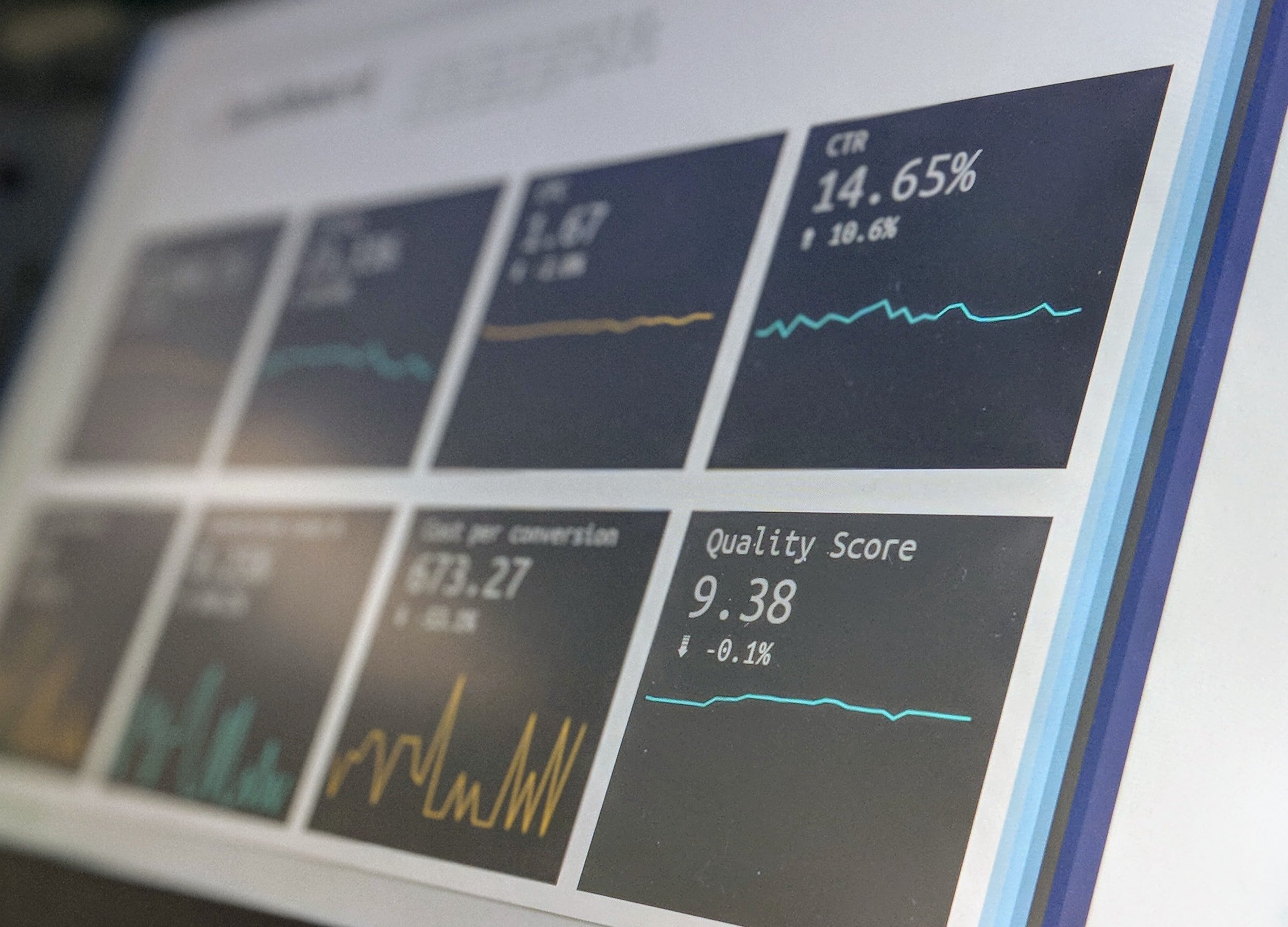
Sales Performance Analytics
We collaborate with clients to collect, organize, and visualize sales performance in a new way to better explain, predict, and ultimately change the behaviors for salespeople and customers.

For over a century three metrics have dominated the perceived performance and relative value assigned to sales professionals in the LBM industry: sales, gross margin, and gross profit dollars.
While certainly important, this trio of metrics is insufficient for owners, executives, general managers, and sales reps alike to accurately evaluate the ROI of each sales professional—and truly understand the profitability of each customer.
Problems they’re experiencing
Owners and senior leaders reach out to us when they wish to:
develop cost-to-serve models to understand customer profitability
build better budgets that detail material counts vs. inflated dollars
accurately value individual and team sales pipelines
want to develop custom predictive models to forecast better
eliminate pricing variances on special orders
implement better compensation models that drives growth
remove pricing blind spots from their sales team
What we offer
We offer four levels of sales performance analytics that can be customized to your objectives:
LEVEL I
Sales Rep Focus
Level I is all about the individual sales rep, their contribution to overall profitability, and determining their individual Return On Investment (ROI) to your organization.
-
Revenue
Gross Margin
Gross Profit Dollars
All-In Compensation
Commissions, FICA, Med, Life, LT Dis, 401(k), Auto, Phone, Fuel, Training, Takeoffs
Quotes
Orders / Invoices
New Accounts (QTY)
New Accounts (Value)
LEVEL II
Customer Focus
Level II expands from the sales rep to their customers as we build custom cost-to-serve metrics and deep dive on individual account profitability.
-
Prospecting Pipeline
Customer Purchases (QTY)
Customer Purchases (Value)
Takeoff Expenses
Special Orders
Deliveries (scheduled)
Deliveries (emergency)
Returns (QTY)Returns (Value)
A/R Outstanding (Value)
A/R Outstanding (Days)
Method of Payment
LEVEL III
Market Focus
Level III zooms out to evaluate your organization's positioning—and your opportunities—in your market. We help you calculate your market share compared to your competition.
-
U.S. Census
Bureau of Labor Statistics
FRED Economic data
John Burns Real Estate Data
Case-Shiller Home Price Index
Dodge Reports
Consumer Sentiment Index
Construction per Zip Code
Local Permit Data
LEVEL IV
Team Communication Focus
Level IV reverses direction from the macro view of Level III to the micro—collecting and organizing internal team data to generate insights on overall effectiveness to drive behavior change.
-
Sales rep call frequency + duration
Text messaging
Email scraping
Cell phone mobility data
Website analytics

Our unique approach
We have developed metrics pertaining to sales rep return on investment (ROI), profitability benchmarks, OSR efficiency (leveraging Quote-to-Order ratios), pipeline risk, forecast accuracy, pipeline values/visualization, net present value of customer acquisition, and customer cost-to-serve. Based on your goals, objectives, and timeline, we can construct a custom scorecard for your sales team, your customers, and your market.

Project Pricing
Individual sales performance analytics projects begin at $7,500. On-going, monthly analytics and insight generation collaborations range from $3,500 to $9,500 per month with a 12-month minimum agreement.

Let’s collaborate.
If interested in collaborating, contact our team here and share your specific goals, outcomes, challenges, and any questions that you have top of mind. That will help us determine if we're a fit for a potential sales performance engagement.
Terms to Know
Artificial Intelligence (AI)
Software systems that make decisions which typically require human expertise and understanding.
Interpretive analytics
Analysis that interprets, informs, or explains the data.
Predictive analytics
Analysis that predicts future results with a defined confidence interval.
Analytics
Systematic computational analysis of data and statistics used to discover, interpret, and communicate meaningful
patterns to drive better decision-making.
Machine Learning
Application of AI that enables systems to automatically learn and improve from experience without being explicitly programmed; e.g., programs that access data and use it to learn for themselves.
Market Inefficiency
Market participants make decisions based on incomplete information or faulty assumptions which results in systematically paying more—or less—for performance than it is worth.






